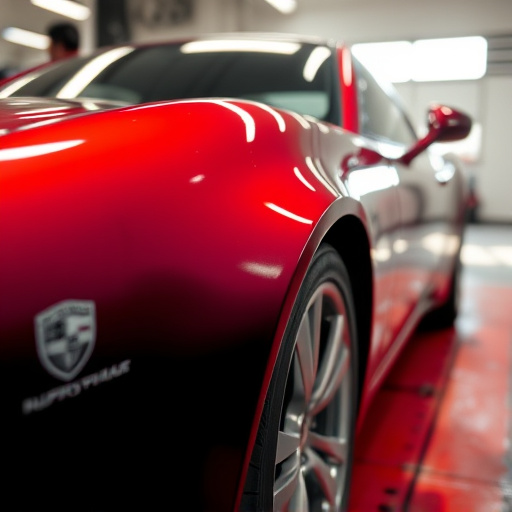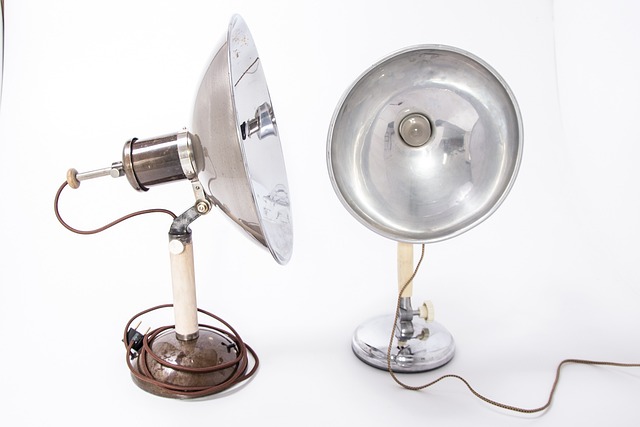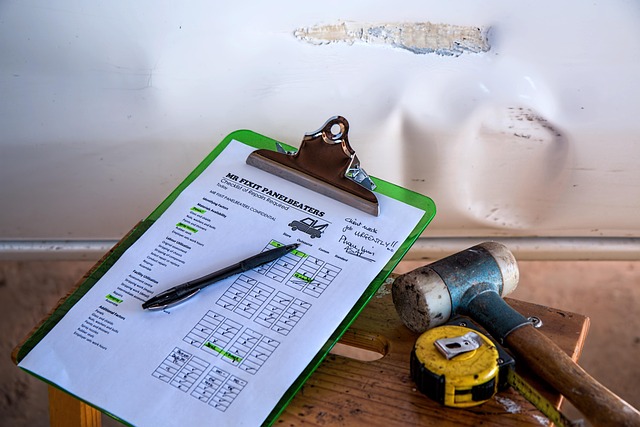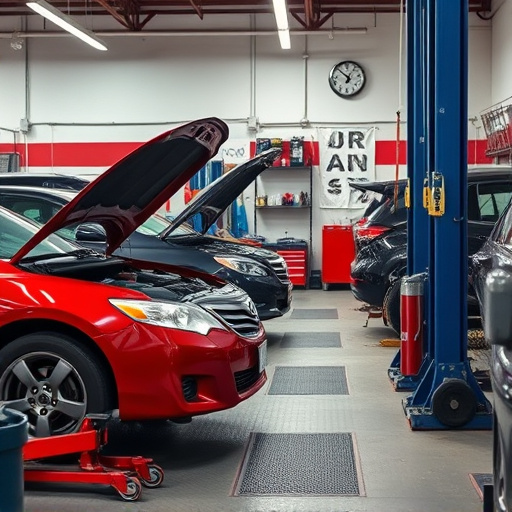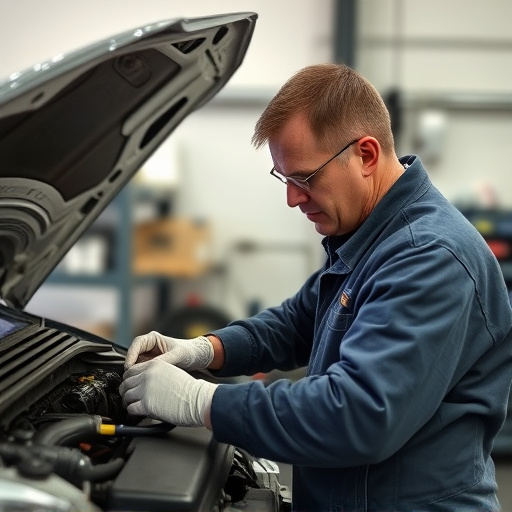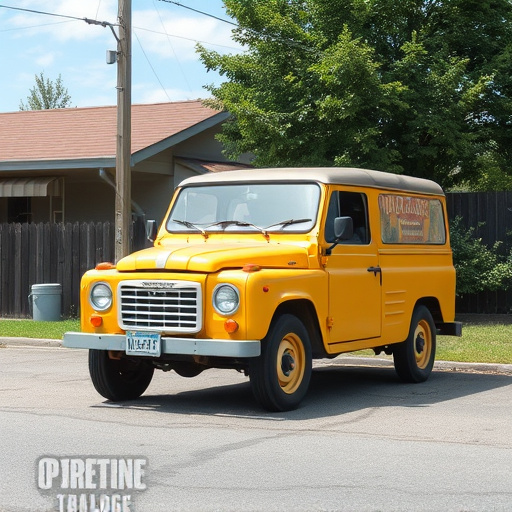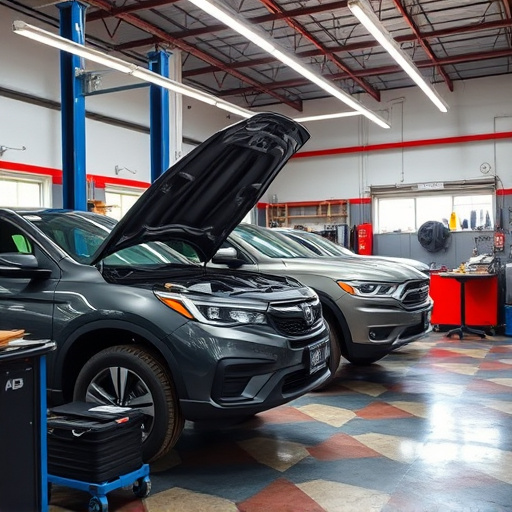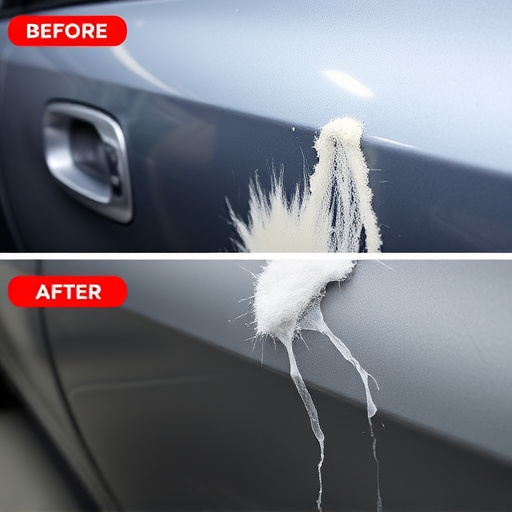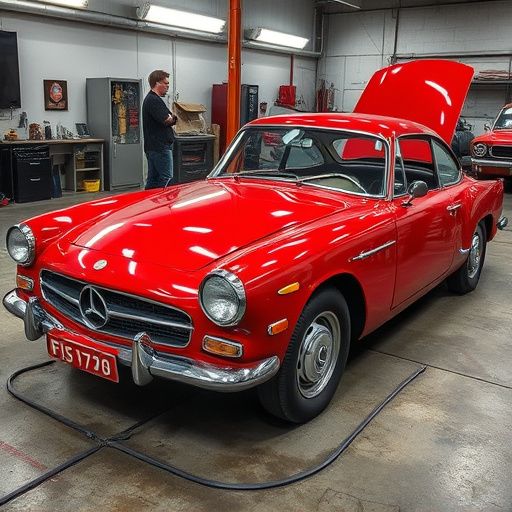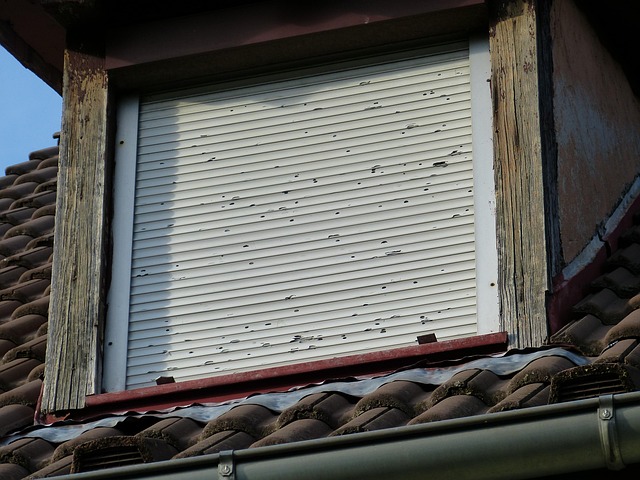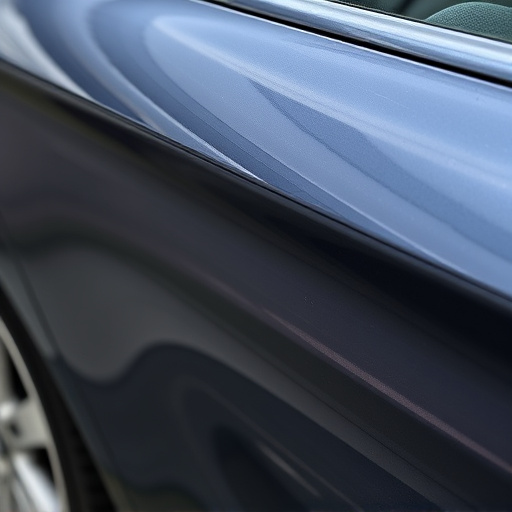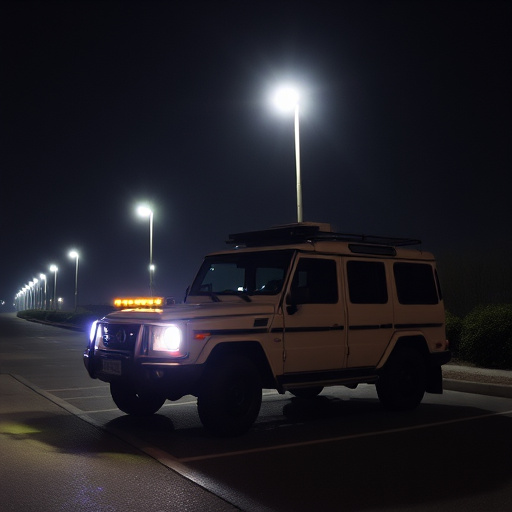Winter's harsh effects on metal surfaces, including corrosion and rust formation, pose significant challenges for classic car owners. Rust repair after winter damage is crucial for maintaining vehicle integrity and aesthetic appeal. Specialized rust sealing products and professional body services play vital roles in preserving vehicles from minor to severe rust damage. Effective rust sealing prevents future corrosion, saving owners from costly repairs.
As winter sets in, metal surfaces face a unique challenge—rust damage. Understanding how cold temperatures accelerate corrosion is crucial for effective rust repair after winter. This article guides you through the process, starting with assessing winter’s impact on metal and evaluating rust damage. We explore various repair options, emphasizing the pivotal role of rust sealing products for long-lasting protection against future deterioration. By the end, you’ll be equipped to safeguard your metal structures from seasonal harm.
- Understanding Winter's Impact on Metal Surfaces
- Evaluating Rust Damage and Repair Options
- Effective Rust Sealing for Long-Lasting Protection
Understanding Winter's Impact on Metal Surfaces
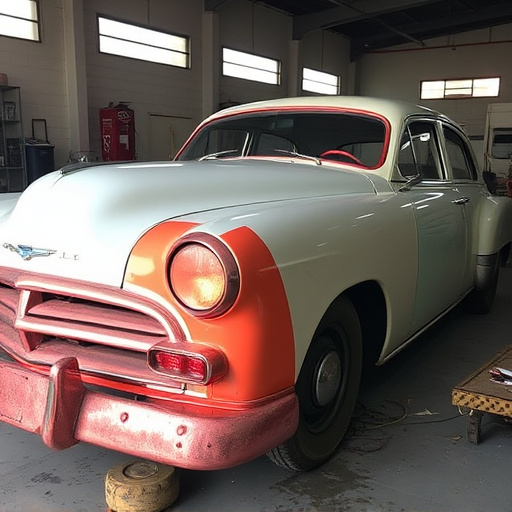
Winter can be a harsh season for metal surfaces, as cold temperatures and varying precipitation levels contribute to corrosion and rust formation. This is particularly evident in regions with prolonged periods of freezing and thawing cycles. Over time, moisture seeps into tiny cracks and crevices, speeding up oxidation processes that eventually lead to rust repair after winter damage becomes necessary.
For classic car owners and those who rely on reliable vehicle repair services, understanding the impact of winter on metal is crucial. Auto body services specializing in rust repair after winter damage play a vital role in restoring these cherished possessions to their former glory. By using specialized rust sealing products designed for different types of metal and environmental conditions, professionals can effectively prevent further corrosion, ensuring longevity and maintaining the aesthetic appeal of vehicles, whether it’s a classic car restoration or a regular vehicle repair job.
Evaluating Rust Damage and Repair Options
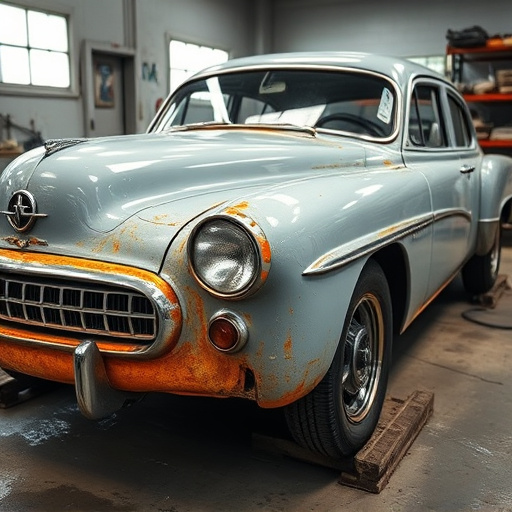
Evaluating rust damage is a crucial first step when considering repair options for your vehicle after winter exposure. Rust can manifest in various forms, from minor surface spots to extensive pitting and peeling, especially in areas prone to moisture build-up like door frames, fenders, and wheel wells. Before beginning any restoration process, it’s essential to assess the extent of the damage using visual inspection and sometimes professional diagnostic tools.
In many cases, light rust repair can be achieved through simple DIY methods such as sanding and repainting affected surfaces. However, for more severe cases that involve deep pitting or structural damage, a trip to a vehicle body shop is advisable. Professional car body restoration services employ specialized techniques like metal welding, surface preparation, and priming to ensure lasting results. These experts can also address underlying issues like poor drainage or sealing to prevent future rust formation, ensuring your vehicle’s longevity through effective rust repair after winter damage.
Effective Rust Sealing for Long-Lasting Protection
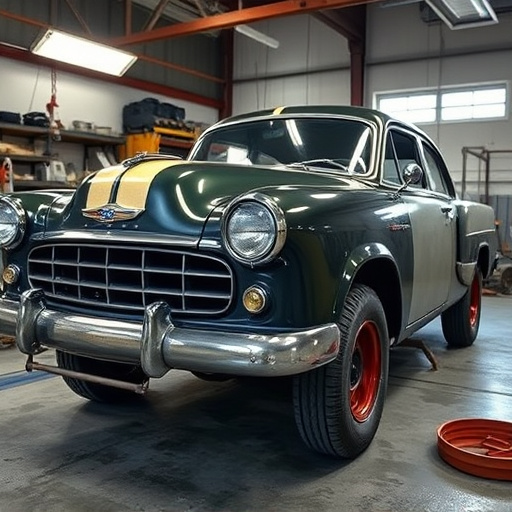
Effective Rust Sealing for Long-Lasting Protection
When it comes to rust repair after winter damage, proper sealing is a crucial step in preventing future corrosion. Using high-quality rust sealing products ensures that exposed metal surfaces are shielded from moisture and other elements, which are primary contributors to rust formation. These products create a protective barrier, filling in pitting and cracks to stop the progression of rust and prevent its spread.
Choosing the right sealing solution is key. Some sealants offer long-lasting protection against harsh weather conditions, while others may require more frequent reapplication. In automotive repair services, professionals often recommend applying an automotive-specific sealant designed to withstand cold temperatures and extreme weather conditions. This not only preserves the vehicle’s structural integrity but also saves owners from costly auto painting or even auto glass replacement due to further damage down the line.
Rust sealing products play a pivotal role in repairing winter damage to metal surfaces, offering long-lasting protection against future corrosion. By understanding the impact of winter on metals and evaluating rust damage effectively, homeowners can safeguard their properties with appropriate sealing solutions. Incorporating these measures into your annual maintenance routine ensures that structures remain robust and aesthetically pleasing throughout all seasons, preventing the costly and unsightly effects of rust repair after winter damage.

